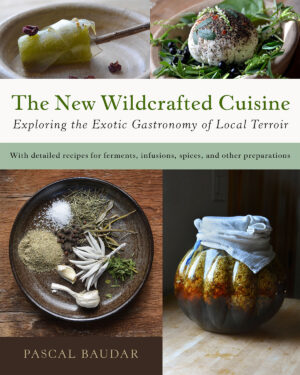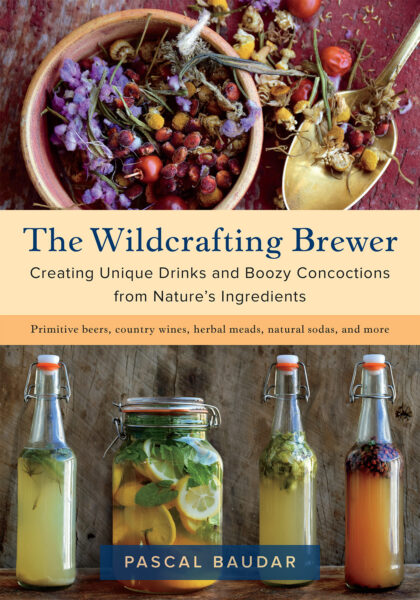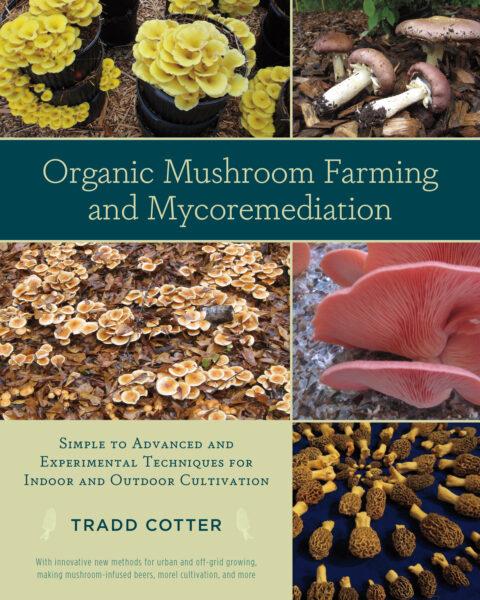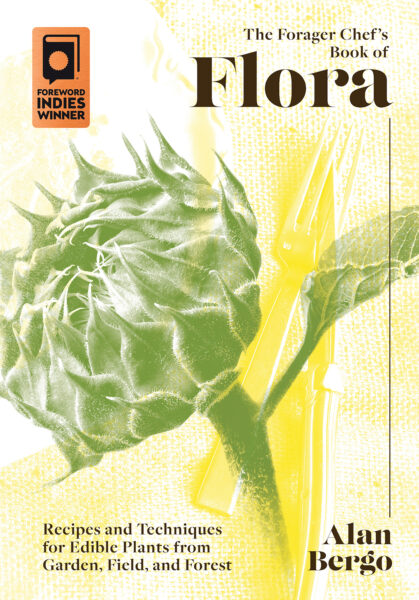Candy Cap Mushroom Beer: Brewing Wild Beers
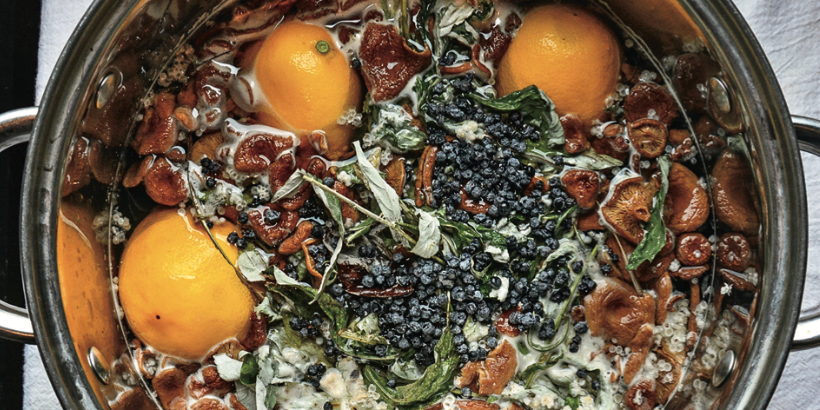
Yes, you read that right…mushroom beer! This recipe is perfect for beginners who want to try making their own wild, homemade brews.
The following is an excerpt from The New Wildcrafted Cuisine by Pascal Baudar. It has been adapted for the web.
Making Wild Beers
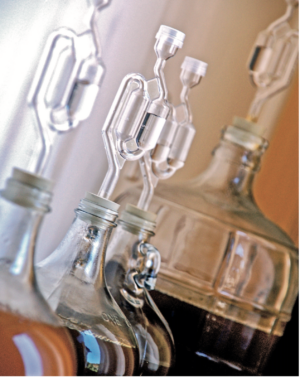 There is something primal and almost magical about making beers using locally foraged ingredients.
There is something primal and almost magical about making beers using locally foraged ingredients.
In some strange ways, it makes me feel connected to long-lost times when things were done more simply and people had a deeper connection with nature and understood how to work with it.
The magical aspect is being able to take a walk in the local forest or mountain and pick up ingredients as you go along.
As you learn more about wild plants you are able to create more intricate and complex brews.
RECIPE: Candy Cap Mushroom Beer
This is a strong-tasting brew suited for drinking in small amounts or creating cocktails.
You can cut the amount of candy cap mushrooms to 1⁄2 ounce (21 g) or even less in order to make a more mild-tasting beer.
Ingredients
- 1 gallon (3.75 l) springwater or distilled water
- 1 ounce (42 g) candy cap mushrooms
- 1⁄4 cup (55 g) dried elderberries
- 0.3 ounce (around 8 g) dried mugwort leaves
- 3⁄4 pound (340 g) dark brown sugar
- 4 ounces (120 ml) molasses
- 4 ounces (120 ml) maple syrup
- 2 sweet lemons
- Yeast (beer yeast or wild yeast)
Procedure
- Mix the water, mushrooms, elderberries, mugwort, brown sugar, molasses, and maple syrup in a large pot. Cut and squeeze the lemons into the solution. Bring the solution to a boil; let it boil for 30 minutes.
- Place the pot into a pan of cold water; cool to 70°F (21°C), then add the yeast. One bag of commercial yeast is usually enough for 5 gal- lons, so you don’t need to use the entire contents of the bag. Just use around one-fifth of the bag.
- Strain the brew into the fermenter. Position the airlock or cover your fermenter with a paper towel or cheesecloth. Let the brew ferment for 12 days.
- Siphon into beer bottles and prime the bottles with 1⁄2 teaspoon (2g) brown sugar for carbonation. Close the bottles and store somewhere not too hot. The beer will be ready to drink in 3 to 4 weeks. I usually wait at least 7 or 8 weeks, however, for better taste and carbonation.
Recommended Reads
Recent Articles
Chances are, you’ve seen cattails growing on the edge of your local lake or stream at least once or twice. Instead of just passing these plants, try foraging for and cooking them to create delicious seasonal dishes! The following excerpt is from The New Wildcrafted Cuisine by Pascal Baudar. It has been adapted for the…
Read MoreGarlic mustard: while known as “invasive,” this plant can be consumed in its entirety and has great nutritional value. Plus, the garlic-flavor is a perfect addition to any recipe that calls for mustard! The following are excerpts from Beyond the War on Invasive Species by Tao Orion and The Wild Wisdom of Weeds by Katrina…
Read MoreOh, honeysuckle…how we love thee. If only there was a way to capture the sweet essence of this plant so we could enjoy it more than just in passing. Luckily, foraging and some preparation can help make that happen! Here’s a springtime recipe that tastes exactly like honeysuckle smells. The following excerpt is from Forage,…
Read MoreIntroducing…your new favorite brunch dish! This whole broccoli frittata is packed with fresh, wildcrafted flavors that are bound to help you start your day off on the right foot. The following is an excerpt from The Forager Chef’s Book of Flora by Alan Bergo. It has been adapted for the web. RECIPE: Whole Broccoli Frittata…
Read MoreWondering where to forage for greens this spring? Look no further than hedges, which serve as natural havens for wild greens and herbs! The following is an excerpt from Hedgelands by Christopher Hart. It has been adapted for the web. Food from Hedges: Salads and Greens Let’s start by looking at all the wild foods…
Read More

